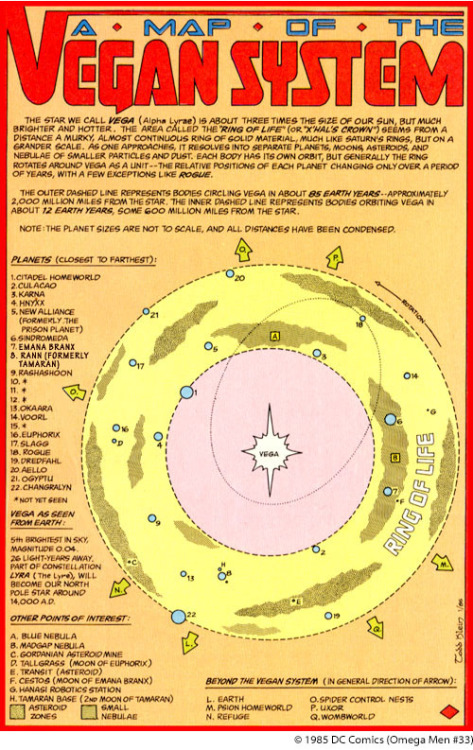 |
| Art by Don Maitz |
Metascape: Most people experience the world through an augmented reality overlay. It contains useful information for travels, social media messages, and lots and lots of spam. Nobody walks through a public square without their filters on, lest they be bombarded by all sorts of virtual messages. Clothing is enhanced--or even sometimes completely generated--in the metascape. Some jurisdictions make it a crime to view the world infiltered by metascapes as this is seen as an unwarranted invasion of others' privacy.
Noosphere: The cyberspace of the far future, essentially, encompassing traditional internet activities, the metascape, and the living environment of infosophonts.
Implanted Cyberware: brain-computer interface is as common as smartphones are today and used for similar purposes. The typical pre-programmed software allows metascape interface, noospheric connectivity, communication (where messages can either be read or heard as read by an avatar or the sender or anyone else), chronometry, basic calculation, and interface with most modern devices. Most individuals don't navigate their own apps, but use a personal daemon--a nonsophont ai--as an advanced "Siri" and an answering service. Some cultures (like the Vokun) find implanted devices distasteful as do some individuals. They use wearable devices for the most part.
Fabber (or mini-fabber): A nanofabrication unit--essentially an advanced 3D printer--assembling at a molecular level, finished products from raw materials. These aren't exactly portable, but they are near ubiqitous household and shipboard items and public units can be used for a fee. Anything from foodstuffs (though this would only be done on long space voyages) to starship parts can be made given enough substrate and the necessary "blueprints." Commercially available models can be "jailbreaked" to make illicit drugs or weapons, but its generally easier just to buy or steal such common items.














